An outbreak of severe thunderstorms spun off a series of damaging tornadoes in the Southeast earlier this evening. The SPC’s preliminary count shows eight tornado reports, seven in North Carolina and one in Florida.
Two trailer parks in Davidson County, North Carolina, sustained damage, with multiple injuries, and for Guilford County came this report:
GUILFORD COUNTY EMERGENCY MANAGER CONFIRMED 20 STURDY HOMES DAMAGED NORTH OF HIGH POINT. (RAH)
In all, this evening has been an active one weatherwise, with low-topped supercells rumbling across the hills and flatlands from Florida on up to Virginia. As I write, three tornado warnings are in effect, though at this point they’re all Doppler warned and I think the storms are done producing for the night.
Of course I’ve done my share of armchair chasing. Here are a couple radar grabs of two North Carolina supercells. The first image, taken at 9:30, shows base reflectivity, and the second, captured 24 minutes earlier at 9:06, shows storm relative velocity. Don’t ask me to explain the lag time, because I can’t–I didn’t realize so much time had elapsed between image grabs until I looked at the file details a while later. No biggie, though–this isn’t a research paper, and you get a good idea of the progression of the storms.
They weren’t big storms, but they sure packed a punch. For me, this spring thus far has been a demonstration of how you don’t need 60s dewpoints and
much CAPE at all in order to get tornadoes. Cold mid-level temps conspiring with massive shear and hulking 1 km helicities can do a lot with dewpoints 55 degrees and even lower. Today’s 6 km shear has been in the order of 90 knots in places, with low-level helicities exceeding 400. That’ll get the job done, and evidently it did this evening.Sea surface temperatures in the Gulf of Mexico remain cooler than normal, but with the GFS consistently wanting to bring in decent moisture–finally–into the Plains, and now with the NAM painting a similar picture, what could prove to be a very active tornado season may at last be stirring to life. Tonight may prove to have been a warning shot fired across the bow. Storm chasers, got your Rain-X ready?
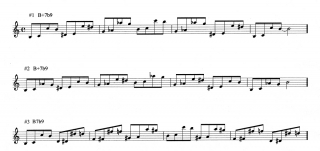
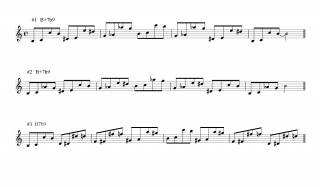
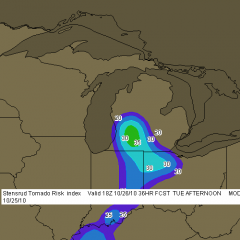
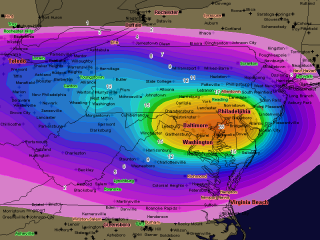
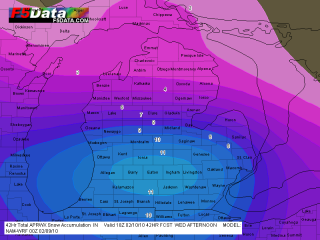



A Rant about Spam Comments
Like most bloggers, I love to get comments. I work hard to create well-conceived, literate posts that I hope you enjoy reading, and I really enjoy hearing from you, my readers, in return.
What I do NOT appreciate are vague comments which are clearly intended only to advertise the sender’s URL. If you yourself blog, then you know exactly what I’m talking about: brief one-liners that praise one of your posts without ever specifically addressing its content, or that use a key word or phrase in an entirely unconvincing manner. You click on the sender’s URL and find a website touting an online college education, or nutritional products, or a porn site, what have you–nothing at all related to what your blog is about.
I realize that spam comments are simply a part of the blogging landscape. But lately, I’ve been getting more and more of them, so please permit me just a moment to rant. These generic comments disgust me. To say that they smack of insincerity is to pay them a compliment they don’t deserve, since they’re no more capable of something as personal as insincerity than a piece of trash. Not being a computer and Internet geek, I don’t know exactly what technology is involved in sending such stuff my way, but I do recognize mass distribution when I see it.
That’s why I screen every comment that comes through. I look for an indication that its content is truly personal, a genuine interaction with what I’ve written; and I check the URL to see whether it leads to a website that is relevant to jazz or weather, or else is of value to my readers or at least personal in nature. I’ve gotten fooled once or twice, but I’ve learned, and I’ve backtracked and deleted a few spam comments that got past me at first. I’m a ruthless eradicator of junk.
The irony of it is, I fully expect that at some point, I’ll receive comments on this post that say something like, “I really like this!” or, “Wow, this post has changed my life, much the way that getting a master’s degree can change yours.” I promise you, such baloney will never be published on Stormhorn.com. My aim is to provide you with a quality reading experience, and part of doing so includes editing out the bullshit before you ever get a chance to smell it.
Thanks for indulging my little rant. And as for your own authentic, relevant comments, please write anytime. I greatly appreciate it when you add value to this site by sharing your thoughts.
–Bob